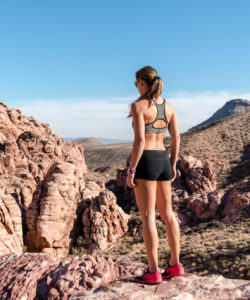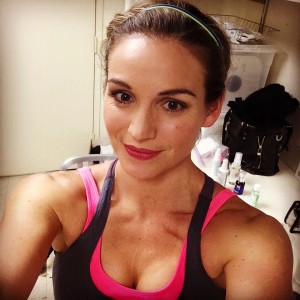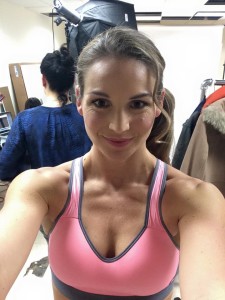 It’s the time of year where many runners who hibernate during the dark and cold Winter months take their first few miles of the year. It’s also the time of the year for Newbies! Perhaps inspiration from a friend or family member, a stress in life is forcing a change, something has sparked the interest in the sport – new runners are testing out their running legs. If you’re new and flirting with the idea of running, or you’re coming back from a serious hiatus, here are some tips and tricks for getting started.
It’s the time of year where many runners who hibernate during the dark and cold Winter months take their first few miles of the year. It’s also the time of the year for Newbies! Perhaps inspiration from a friend or family member, a stress in life is forcing a change, something has sparked the interest in the sport – new runners are testing out their running legs. If you’re new and flirting with the idea of running, or you’re coming back from a serious hiatus, here are some tips and tricks for getting started.
- Check your shoes. If they are over 6 months old, you’ve used them for walks or time in the gym, or they don’t feel supportive or fresh anymore, get a new pair! Your feet are important. There is no “magic” shoe. Just see what feels right to you. Most decent running shoes will run you about $85-150.00.
- Start where you are! It can be humbling for the first run ever, or the first run back after some time off. Aim for 20-30 minutes out there. Maybe it can’t all be a run. Maybe it can. No matter what, go at an easy/moderate effort. It’s important to ease into the sport.
- Avoid cotton socks. Blisters can plague runners, but cotton socks are usually a leading variable. Running socks are a bit more expensive, but worth the investment.
- Lots of runners want to know their data – how far they went, how fast, elevation, calories burned, heart rate, and so on. If that sounds of interest, I’d recommend investing in a running watch. You can find gadgets between $100-700.00 – depending on how high-tech you want to get. There are also a dozen or two apps you can download on your phone. I find the apps to be less accurate, but it’s a cost effective place to start – especially if you don’t know what your relationship with running will be.
- Recruit a running buddy to help with accountability and reduce pressure in speed or distance. Focus on simply making running a consistent part of your life for 3-12 weeks. Run with a furry friend, push the stroller, simply build a habit and allow your body to slowly adapt.
- Don’t compare yourself with anyone else. Your journey with running will be uniquely yours. Your paces, body, mental capacity, preference in route and weather – embrace all of it and own it.
- Set realistic goals and expectations without dismissing your potential. It’s important to accept where we are at that time. For example, signing up for a marathon 18 weeks out from the 1st run of your life or in months is not advisable. But is a marathon 12 months from now? Sure! And can a 5K or 10K be a realistic and attainable goal in 18 weeks? Definitely. The same could be true with setting the goal of running without stopping around Central Park – for example. But can you run to Battery Park from Riverdale? That’s a bigger goal and realistically would take more time. The sky can be the limit, but maybe not by tomorrow.
- If your schedule is stressful, add your runs to your calendar. Make gym dates to stretch, cross train or weight train. If you know you’ll be most successful at consistency if you run before work, plan to always run in the morning and start your day off right. If you thrive on a lunch time run, lace up and get in that afternoon sunshine. Set yourself up for success. Reduce obstacles.
- Accept that your running journey can change and adapt. This doesn’t have to be a serious sport. It can be fun, a stress reliever, or whatever it is you want. It can be a lone experience or a social activity. It can be incredibly competitive and driven. Make it yours!





